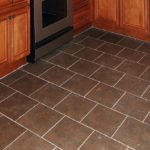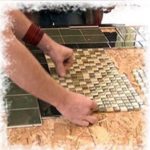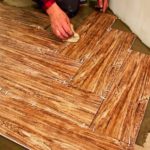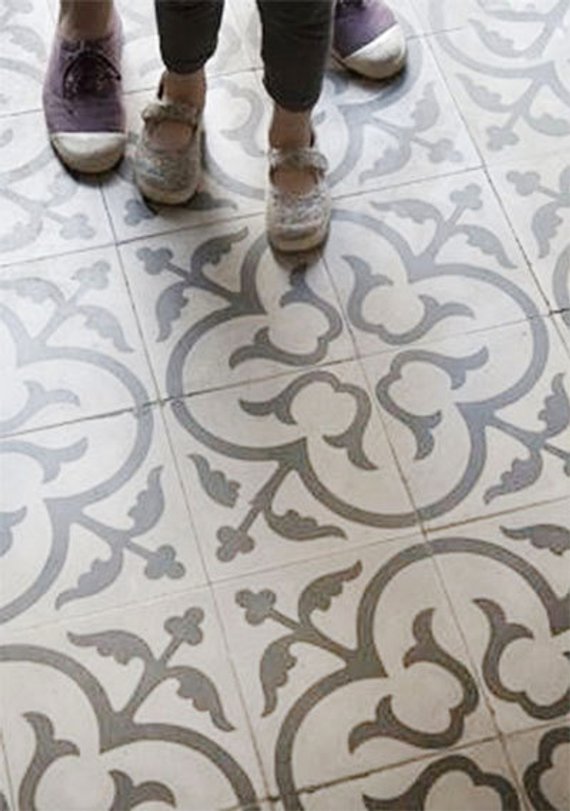Laying tiles on uneven floors
It should be noted right away that it is not recommended to lay tiles on uneven floors. The surface must first be prepared, leveled and treated with a primer for better adhesion. But there are times when it is necessary to carry out work on an uneven surface. Let's look at how to avoid mistakes and subsequent troubles.
The content of the article
Features of laying tiles on uneven floors
 Unlike the process of laying a ceramic coating on a flat and prepared surface, where the process does not require special costs and time, in this case it will be much more difficult. Therefore, you should immediately prepare for the following:
Unlike the process of laying a ceramic coating on a flat and prepared surface, where the process does not require special costs and time, in this case it will be much more difficult. Therefore, you should immediately prepare for the following:
- The work will take twice or even three times longer than with conventional installation;
- Due to surface variations, it is impossible to initially calculate the required amount of tile adhesive. It is possible that you will have to buy it more than once;
- The expected high consumption of the adhesive mixture implies its preparation (kneading) in large quantities. Therefore, it is better to purchase a special mixer for such work, since a regular drill or hammer drill may fail.
Tile laying sequence
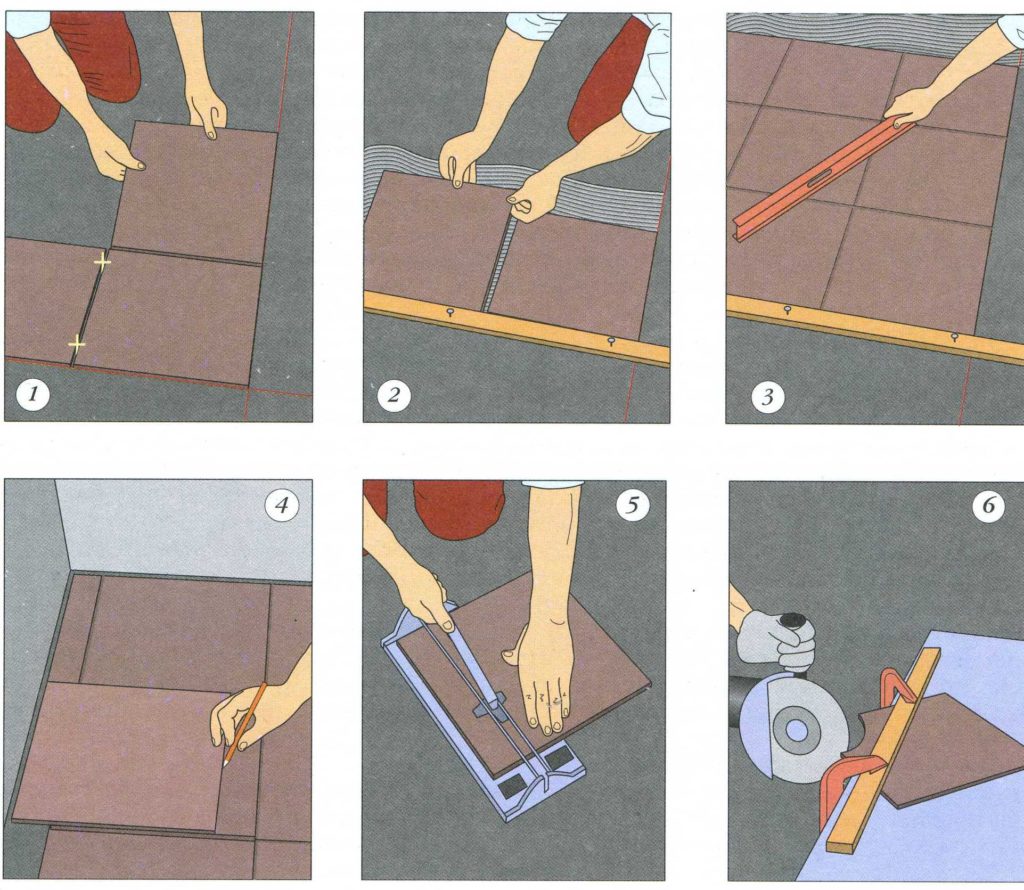 Laying ceramics on an uneven surface is a rather unique process. There are certain conditions that must be met in order to avoid difficulties in the future.
Laying ceramics on an uneven surface is a rather unique process. There are certain conditions that must be met in order to avoid difficulties in the future.
- According to the rules, tiles begin to be glued from the wall or from the corner.In this case, you should do things differently. First you need to measure the height over the entire surface and find the highest point. We will have to start from there.
- From this point, markings should be made to the walls, checking the distance taking into account subsequent trimming. You should also take into account the type of future coating from an aesthetic point of view, how it will look when entering the room and being in its various places.
- When laying the tiles, you will have to level them step by step, selecting the thickness of the adhesive base, and it may take some waiting time so that the glue hardens and the tiles do not “float.”
- In order to lay out the tiles with high quality, it is advisable to mark the level in advance with construction thread, and during work use a construction level, at least one meter long.
- The adhesive mixture should be prepared not according to the instructions indicated on the package, but a little thicker, this will make it easier to manipulate the tiles when leveling and subsequent shrinkage will be less.
- Glue must be applied both to the floor and to the tile surface.
- It is advisable to clean the seams of glue immediately, otherwise after drying it will take more effort and time.
Which tile adhesive to choose
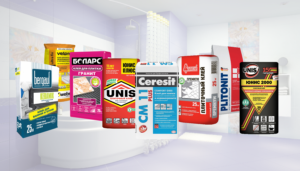 The adhesive mixture, depending on the installation location, room or open space, is selected in accordance with its purpose. For example, outdoor glue can withstand temperature changes from +40 to – 40 degrees. Accordingly, such characteristics are not needed for the premises.
The adhesive mixture, depending on the installation location, room or open space, is selected in accordance with its purpose. For example, outdoor glue can withstand temperature changes from +40 to – 40 degrees. Accordingly, such characteristics are not needed for the premises.
The brands of glue presented on the market, in their total quantity, do not differ from each other, but for uneven surfaces it is advisable to choose glue with various plasticizers. Due to them, even a thick layer of adhesive base will not move apart during operation.
As a result, I would like to note that if you use a self-leveling mixture and prepare the surface, it will be somewhat cheaper than the cost of tile adhesive. And laying out ceramics will be easier, faster and more enjoyable.

